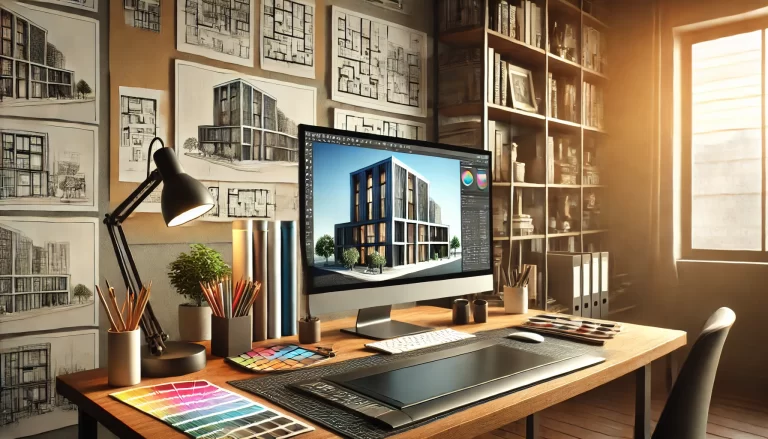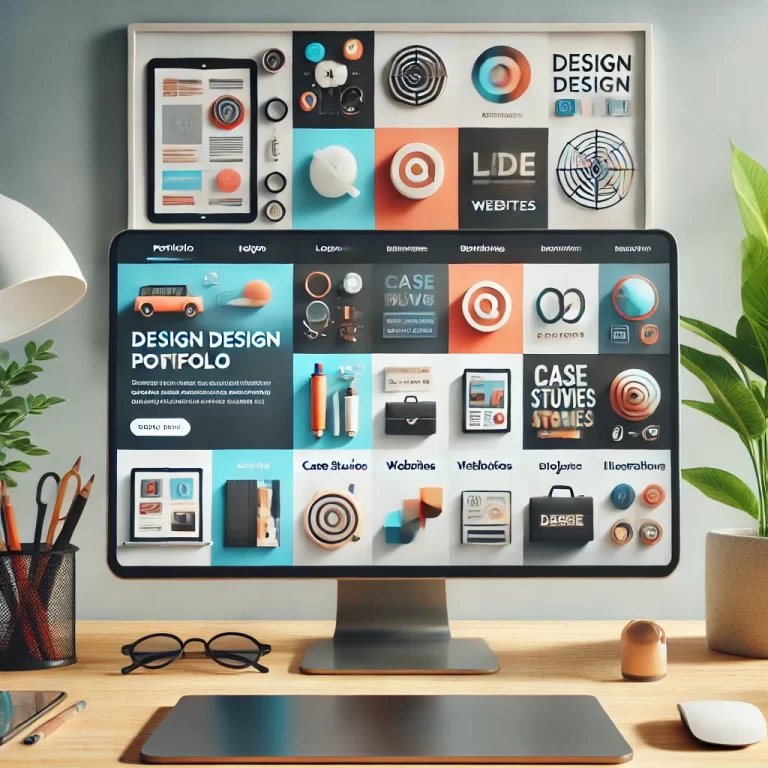Networking Tips for Designers: Building Connections in the Industry

Networking is a powerful tool for designers to build meaningful relationships, gain new opportunities, and stay informed about the latest industry trends. While talent is crucial, knowing the right people and making valuable connections can propel your career to new heights. Here are some effective networking tips to help you build connections in the design industry:
1. Attend Design Events and Conferences: One of the best ways to network as a designer is by attending design events, conferences, workshops, or meetups. These gatherings offer a great opportunity to meet other professionals, exchange ideas, and learn from industry leaders. Whether it’s a local design event or a large international conference, attending these events will help you expand your network and stay updated on trends in the design world.
2. Join Design Communities Online: If attending in-person events isn’t possible, online design communities are a great alternative. Platforms like Behance, Dribbble, and LinkedIn allow designers to connect, share work, and engage in discussions. Join relevant groups or forums, participate in conversations, and showcase your work to make connections with other designers, potential clients, or collaborators.
3. Be Active on Social Media: Social media platforms such as Instagram, Twitter, and Pinterest are powerful tools for connecting with fellow designers and potential clients. Share your work regularly, engage with others by commenting on posts, and use relevant hashtags to increase your visibility. Social media also allows you to stay informed about the latest trends, tools, and events within the design community, helping you build relationships in the industry.
4. Collaborate with Other Designers: Collaboration is a great way to network and expand your reach within the design community. By working with other designers on joint projects, you can learn new techniques, gain exposure to their networks, and create meaningful partnerships. Collaboration also helps you build rapport with others in the industry and position yourself as a team player, which can lead to more opportunities.
5. Seek Out Mentorship: Finding a mentor in the design industry can provide invaluable guidance, feedback, and career advice. Look for experienced designers who you admire and reach out to them for mentorship. Building a relationship with a mentor can open doors to new opportunities and help you develop both professionally and personally. A mentor can also introduce you to their network, further expanding your connections.
6. Network with Non-Designers: While it’s important to connect with other designers, don’t forget to network with people outside of the design community. Building relationships with marketing professionals, business owners, developers, and entrepreneurs can open doors to design opportunities that may not be immediately apparent. A strong cross-industry network can lead to collaborations, client referrals, and exciting projects.
7. Be Authentic and Genuine: When networking, it’s essential to be authentic and genuine in your interactions. Don’t approach connections with the sole purpose of gaining something in return. Take the time to build meaningful relationships based on trust and mutual respect. Show interest in others’ work, offer help when possible, and be open to learning. Authenticity is key to developing lasting connections in the industry.
8. Follow Up and Stay in Touch: Networking doesn’t end after a single interaction. Follow up with people you meet by sending a personalized message or email. Stay in touch periodically by commenting on their work, sharing resources, or offering support. Consistent communication helps solidify relationships and keeps you top of mind for potential opportunities.
9. Offer Value to Others: Networking is a two-way street. To build strong connections, it’s important to offer value to others in your network. Share useful resources, give constructive feedback, or collaborate on projects. By contributing to the success of others, you’ll strengthen your relationships and position yourself as a valuable connection in the design community.
Conclusion
Networking is an ongoing process that requires time, effort, and authenticity. By attending events, engaging in online communities, collaborating with others, seeking mentorship, and offering value, you’ll build meaningful connections that can significantly impact your design career. A strong network will provide you with new opportunities, foster personal growth, and help you stay connected to the pulse of the design industry.






